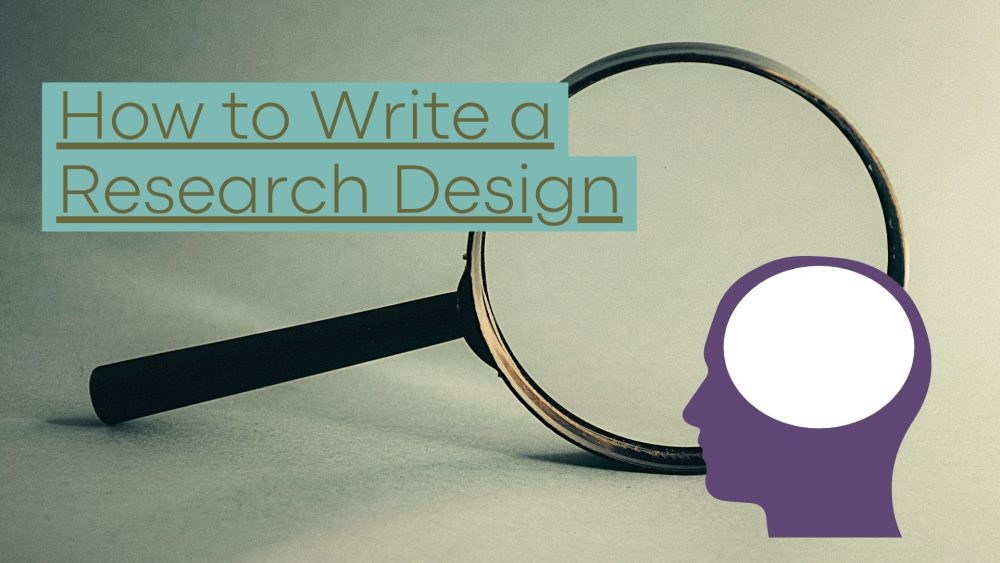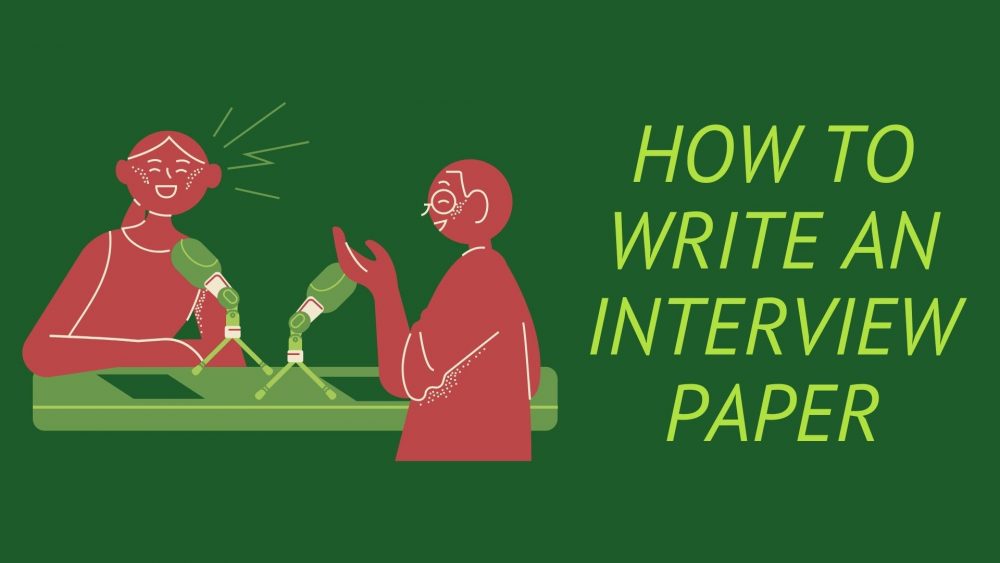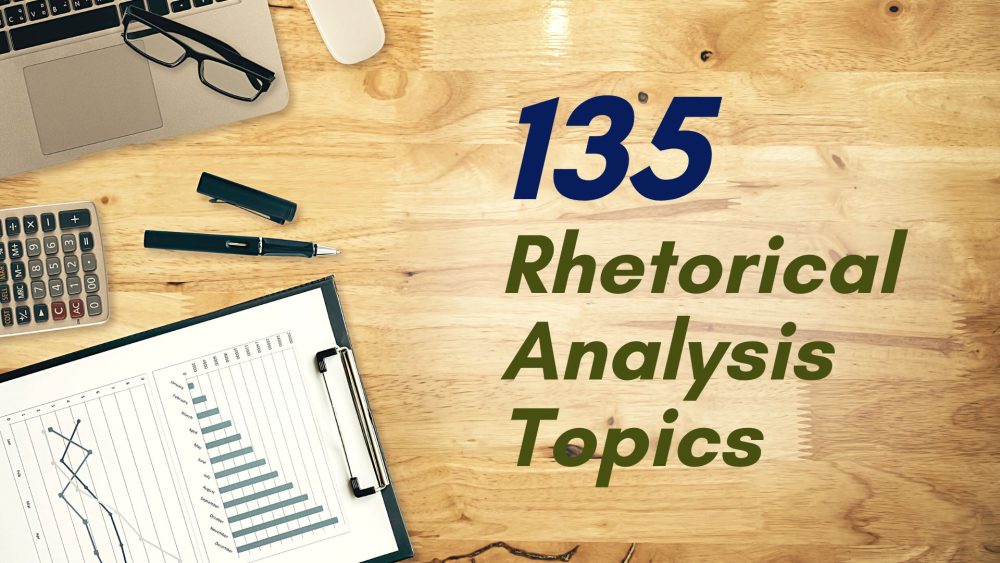How To Write Research Design Like An Expert Researcher

Do you have a study or assignment at the graduate, undergraduate, or PhD level, and writing its research design is a challenge? Writing the study design is one of the most challenging things for students because it requires a clear understanding of different research methods, their applications and top-notch analytical skills. The planning of research design should start as early as possible because it determines how effectively you will be able to answer the study questions. The entire process of writing your research, from the introduction to the conclusion of a research, should also be as clear as possible when writing the study design. This post is a comprehensive guide on how to design a research design. Keep reading to learn about the main steps of designing a research study, sample and expert tips.
Table of Contents
- What Is A Research Design?
- Important Characteristics Of A Research Design
- Type Of Research Designs
- Main Research Design Steps That You Should Use
- Expert Advice On How to Write A Study Design
- Research Design Example
What Is A Research Design?
At the start of a study, a researcher or student is required to select the preferred framework of methods and techniques that will be employed during the research process. This framework is known as the research design.
The main goal of a research design is to help the researcher determine the methodology that would adequately answer the study questions. It also comes in handy in determining the validity of your research, dissertation, or research proposal. A good research design should touch on a number of elements, including purpose statement, techniques for data gathering, and type of research methodology. It also factors in the timeline, method of research analysis, and setting of the research study.
Important Characteristics Of A Research Design
A good study design helps to set your research for success. The results of the study should be unbiased and accurate. To get it right on these crucial attributes, your study should have the following characteristics:
- Neutrality: When preparing your study, especially at the easy stages, you have to make some assumptions. However, the results you generate at the end of the study should be free from bias. So, make sure to understand the final evaluated scores and conclusions from different parties/ population involved in the study.
- Reliability: If another study that is similar to yours is done in the same population, the expectation is that similar results should be achieved. The study is only considered reliable if the selected research design is able to generate reliable results.
- Validity: There are multiple research tools that you can use for your study, but the best options are those that can help the researcher accurately gauge the findings depending on the predefined objectives. This is known as the validity of the study. A good research design should help to improve the validity of the study.
- Generalization: The outcome of a study should be applicable to the entire population and not just the restricted sample. This implies that the research design can be employed on any part of the study area or population with high accuracy.
If you want to get a high grade, but your writing skills are poor, it’s better to hire our experts to write your paper online.
Type Of Research Designs
Before you can draw a research design format, it is important to appreciate they fall into several categories. We can broadly categorize them into two: quantitative or qualitative research designs. A quantitative research design seeks to answer close-ended questions such as where, when, who, and what? However, qualitative study designs are more general and seek to determine why and how something specific happened. Qualitative research designs mainly use open-ended survey questions and work best when targeting people or animal behavior. Other types of research designs that you can use for your study include:
- Descriptive Research Design: This research design is mainly theory-based and is preferred by researchers aiming to describe their topics of focus. The design allows them to present the problem statement to help readers understand the importance of the study.
- Correlational Study Design: As the name suggests, this type of study design is used by researchers to establish if there is a type of relationship between two or more specific variables or topics.
- Experimental Research Design: Whether you are working on a field, quasi, or controlled experiment, this study design is used to determine the cause and effect of a specific happening. For instance, a student can use this experimental study design to check the impact of a product’s price on customer satisfaction.
- Explanatory Research Design: This study design helps to further expand and explain the theories and ideas being put forth by the researcher. It is an excellent method for elaborating unexplored aspects of a topic.
Main Research Design Steps That You Should Use
Your class teacher or professor might ask you to prepare a research design as a stand-alone project, part of the research proposal or thesis. No matter the assignment prompt, it is paramount to know how to design a research project from the start to the end. So, here are the main steps that you should follow to craft a quality research design:
- Step One: Determine the Study’s Aim and Approach Before commencing to write your research design, it is prudent to have a clear understanding of the research questions you want to investigate. The goal is to ensure that the design you select will be able to answer the research questions. Notably, the study’s aim also depends on the research method you prefer. For example, a study exploring the effectiveness of digital teaching methods can aim at measuring specific outcomes, such as test scores and grades. Your goal might also be to compare the success rate of people who use traditional versus digital learning methods. At this early stage of research design development, it is prudent to think practically. For example, you should factor in things such as ethics if you are dealing with animals or people. How much time will be needed to collect data? Do you have ethical approval?
- Step Two: Determine the Type of Data Needed for the Study This is another crucial step in your research design because it determines how you will answer the study questions. Therefore, you need to make a decision on the data that will be required for the study. There are two main categories of data that you should consider:
- Primary Data: This involves collecting data from first-hand sources via methods like interviews and surveys. Primary data is considered authentic, but it is more expensive and requires longer time to gather compared to secondary data.
- Secondary Data: This is a type of data that is sourced from previous studies, reports, and journals. Make sure to carefully review the validity of the secondary sources to increase the quality of your paper or research.
- Step Three: Determine the Data Collection Techniques Once you have decided the type of data to use for your study, the next thing is how it will be collected. There are a number of methods that you can employ, including:
- Surveys To use surveys, you need to determine the nature and number of responses that are needed for the research. You also have to determine the method of distributing and collecting them. For example, do you send the surveys online, by post, or in person?
- Interviews This method involves holding an in-person talk with the targeted respondents. You need to be specific by establishing if the interviews will be structured, unstructured, or semi-structured. It is also crucial to determine the time for the interviews and communicate to the respondents to avoid conflicting with their schedules.
- Experiments Most experiments take place in laboratories where scientists record the different parameters of their studies. These could be things such as chemical reactions, animal growth, or temperatures. Experiments can also be in the field. Ensure you are as clear as possible about the variables of interest when using experiments to collect research data.
- Step Four: The Procedure to Be Used for Data Analysis For your study to be valid and reliable, you have to use the right data analysis methods. So, establish the data type that will be used to answer the research study questions. Data analysis is the last step of your study design. There are two main types of data analysis processes; qualitative and qualitative. A qualitative data analysis involves analyzing things such as words, themes, and figures. Note that it provides the researcher with greater flexibility and room for opinions compared to quantitative analysis. Quantitative data analysis requires a comprehensive evaluation of numerical data collected by a researcher. You also have to use specific programs, such as Excel and SPSS for quantitative data analysis.
Expert Advice On How to Write A Study Design
Now, here’s some extra tips to keep in mind when doing your research design that will be a great help with research paper, to make it the best possible it can be:
- Start working on your research design proposal early enough to avoid rushing at the last minute.
- Try to be as clear as possible with your research problem and objective when working on a research design.
- Read another top research design sample from an expert to build your skills.
- Carefully follow your teacher’s guidelines when preparing a research design for your work.
- Remember that researches are different and your research design outline should be modeled by the particulars of the study at hand.
- Always put your focus on the validity of the study when preparing a research design.
- Carefully proofread and edit your paper before submitting the research design or work to your teacher or professor.
Research Design Example
After demonstrating how to design a research study, let’s get even closer by checking an example. Here is an expert sample research design paper:
The purposes of this assignment are as follows: (1) To articulate my understanding of research design and its relationships to research problems, research questions, research methods, and other aspects of conducting research; (2) To provide a summary of what I would like to learn about particular topics through conducting research. Each of these purposes of the study will be addressed in a separate section. Research design can be understood in the context of a research problem. According to Henderikus, both hard and soft sciences have the common purpose of explaining problems, which can be described as phenomena about which insufficient knowledge exists (Henderikus, 2010). A research problem is addressed, first and foremost, through a methodology (typically quantitative or qualitative), and a research design can be described as the particular application of a methodology to the chosen problem (Berger, 2013; Bernard & Bernard, 2012; Cassell & Symon, 2004; Creswell, 2009, 2012; Creswell & Plano Clark, 2011; Davies & Hughes, 2014; Denzin & Lincoln, 2011; Gubrium & Holstein, 2007; Hesse-Biber, 2012; McBurney & White, 2009; McNabb, 2010; Moustakas, 1994). Research designs are highly dependent on methodologies, as there are distinct research designs associated with qualitative and qualitative methodology (Berger, 2013; Bernard & Bernard, 2012; Cassell & Symon, 2004; Creswell, 2009, 2012; Creswell & Plano Clark, 2011; Davies & Hughes, 2014; Denzin & Lincoln, 2011; Gubrium & Holstein, 2007; Hesse-Biber, 2012; McBurney & White, 2009; McNabb, 2010; Moustakas, 1994). Therefore, the relationship between methodologies and research methods ought to be described in some detail. Quantitative methodologies utilize mathematical analysis, presume objective relationships and phenomena, and are not as context-dependent as qualitative methods, which assume subjective relationships and phenomena, rely upon inductive rather than deductive methods, and are highly context dependent (Balnaves & Caputi, 2012). Methodologies are essentially frames for looking at phenomena. For example, a quantitative research interested in the phenomenon of anger might approach anger as an empirically measurable set of variables, such as heart rate increase and agitation in particular parts of the brain. On the other hand, a qualitative researcher might approach anger as a subjective state whose contents (i.e., what it feels like to be angry) vary from person to person. Neither of these approaches to anger is right or wrong per se; rather, the choice of methodology locks the researcher into a particular means of engagement with the phenomenon. In turn, the choice of methodology determines the nature of the research questions and of the other elements of research design. For example, given the empirical and deductive nature of quantitative research, a quantitative researcher might utilize the following definitions:
- Research Problem: The lack of knowledge as to whether men and women feel the same intensity of anger upon being romantically rejected.
- Research Question: Is there a statistically significant difference between male and female anger upon being romantically rejected?
On the other hand, a qualitative researcher might utilize the following kinds of definitions:
- Research Problem: The lack of knowledge as to what anger predicated upon romantic rejection feels like to men as opposed to women.
- Research Question: How does anger predicated upon romantic rejection feel to (a) men and (b) women?
The question of research design can be taken up in the context of these definitions. For example, in the quantitative version of the research question posed above, the researcher needs to be able to suggest a context in which anger is measured. Assuming that the researcher already has a viable means of measuring anger, there are several options. The researcher could subject men and women to simulated versions of romantic rejection, which would be an experiment; the research could try to observe and measure anger in an actual setting, such as a bar, which would be a pseudo-experiment; or the researcher could merely poll individuals about how they have felt in actual prior circumstances of romantic rejection, which would be a survey-based design. On the other hand, a qualitative research could use descriptive phenomenology to ask participants about the characteristics of their anger, an oral history approach to ask participants to contribute stories of rejection, or a grounded theory approach to try to generate a theoretical explanation of gender and anger. There are many examples of designs in the literature (Berger, 2013; Bernard & Bernard, 2012; Cassell & Symon, 2004; Creswell, 2009, 2012; Creswell & Plano Clark, 2011; Davies & Hughes, 2014; Denzin & Lincoln, 2011; Gubrium & Holstein, 2007; Hesse-Biber, 2012; McBurney & White, 2009; McNabb, 2010; Moustakas, 1994); given the handful of examples offered above, research design can be conceptualized as a means through which researchers gather and analyze the data necessary to answer a research question and, in so doing, generate explanatory leverage on a research project. A research topic is a phenomenon or, as Kant described it, a thing-in-itself (Schrader & Schrader, 1949). A thing-in-itself is similar to Plato’s idea of a form, meaning an ideal version of something (Cross, 1954). The thing-in-itself can never be perfectly understood; a researcher’s ability is always limited by methodology and, more specifically, by research design. For example, considered as a thing-in-itself, anger is multifaceted; the entirety of anger can never be understood. However, anger can be more narrowly defined and studied, which is the function of methodological and research design choices. In the examples given above, an experimental research design approach to measuring anger would have the benefit of letting a researcher measure anger under controlled circumstances, but would have the disadvantage of failing to capture anger as it occurred in a natural setting. A pseudo-experimental research design could measure anger in a natural setting, but fail to control for the impact of other variables (such as the participant’s existing mood, or being aware of the experiment in a manner that influences behavior) on the research variable of interest. Research Topics The two topics of interest to me are (a) stereotypy in the autistic population and (b) increasing functional communication among autistic people who are nonverbal. I am interested in learning more about both of these topics through the process of research. For example, in terms of stereotypy, I am interested in learning more about why stereotypy is the most difficult behavior to reduce among autistic people. Using research to understand this empirical observation would lend itself to both quantitative and qualitative research. Qualitative research could be used to explore this topic further by asking therapists why stereotypy poses certain challenges that other forms of behavior do not. Quantitative research could be used to determine whether autistic people’s gender, age, and other demographic factors predict higher rates of stereotypy. Quantitative research could also be utilized to measure the effectiveness rates of various different rates of therapeutic interventions on stereotypy. In terms of autistic people who are non-verbal, I would like to research how using Picture Exchange Communication System (PECS) can increase verbal language and functional language among individuals on the autism spectrum. Quantitative research reviews could shed light on the observed effective rates of PECS on non-verbal autistic people. Qualitative research reviews could help to explain the observed mechanisms through which PECS is clinically effective.
Seek Paper Writing Assistance From Professionals
Now that you know how to write a great research design, it is time to grab a pen and start writing. So, are you ready? No matter the type of research design, many are times when students find it a herculean task. Often, they indicate that the process is complex and requires complex skills, and you might end up trying to search ‘who can do my research paper or write my assignment for me‘. The good news is that you can now seek the assistance of our online custom paper writing service for assistance. We have some of the most effective and reliable writers that you can count on for top grades. They have the skills and experience needed to work on your research design paper and other assignments in line with your instructions and get the job done fast. Our writing services are also affordable and secure. Visit our customer support or order page now to provide instructions for your research design or other assignments and it will be handled by the best professionals. Contact us to get online paper writing help today.













